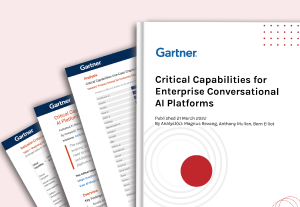- Customer Experience, Design, Design Theory, Usability, UX Education, UX Magazine
A tried and tested method for modeling meetings to get the best outcomes for your team. This article is about using design to design design-related stuff for design-related processes. It’s all very meta, and also META (Most Effective Tactics Available)
Article by Maria Fakhruddin
Designing Design Meetings: Overhauling a DesignOps Process Using Design Thinking
- Meetings are an integral part of our work day but not all of us do enough to make them successful.
- Ways you could remodel your meetings for a more productive outcome:
-
- Empathise through surveys or interviews
- Co-create to innovate
- Meet prototypes
- Rinse, repeat
- Well-designed meetings are a wonderful way to add value to your work and give you a rewarding collective sense of progress.
Share:Designing Design Meetings: Overhauling a DesignOps Process Using Design Thinking
Share this link
- June 22, 2022
4 min read







